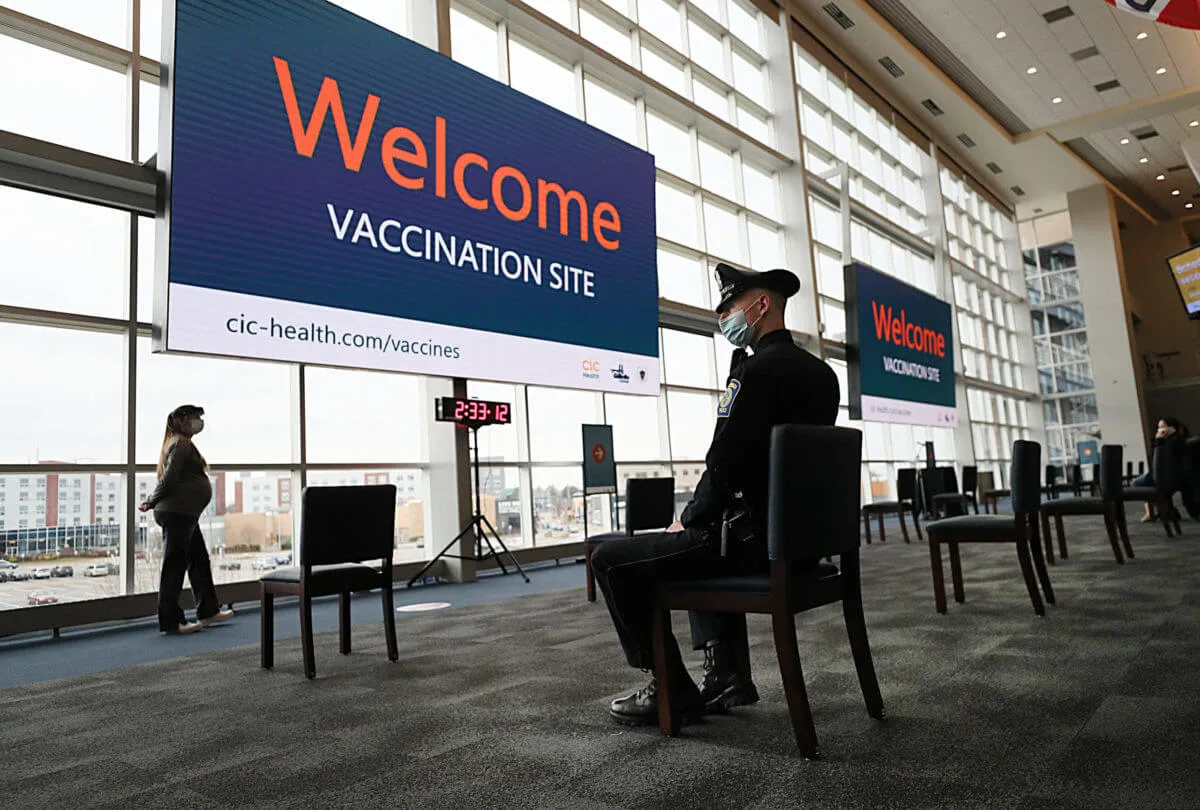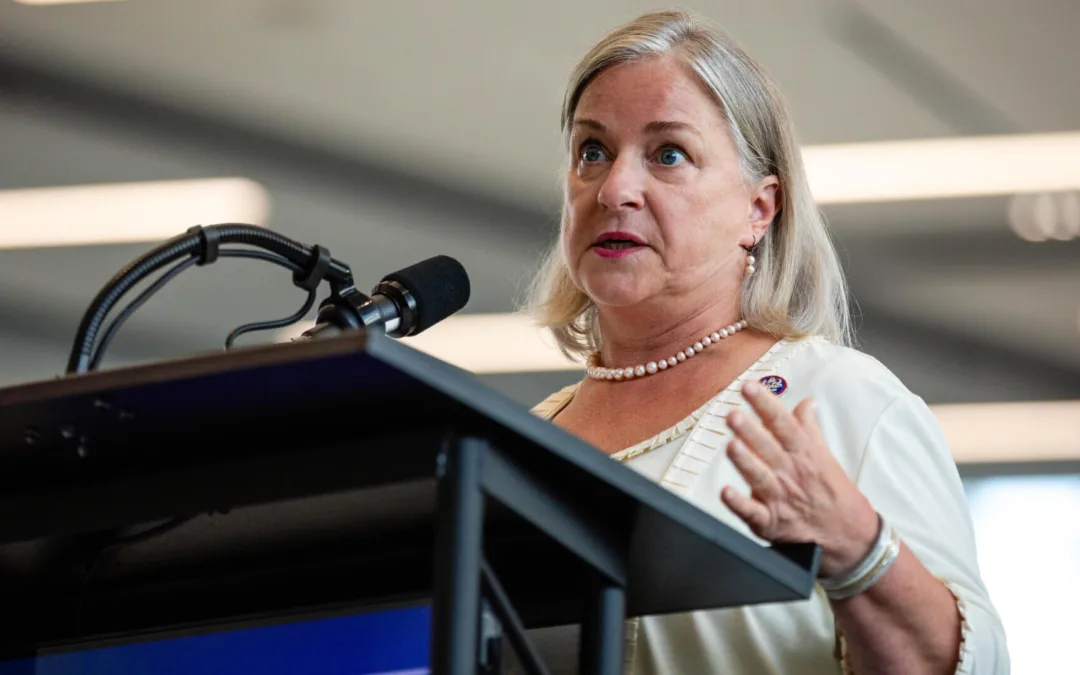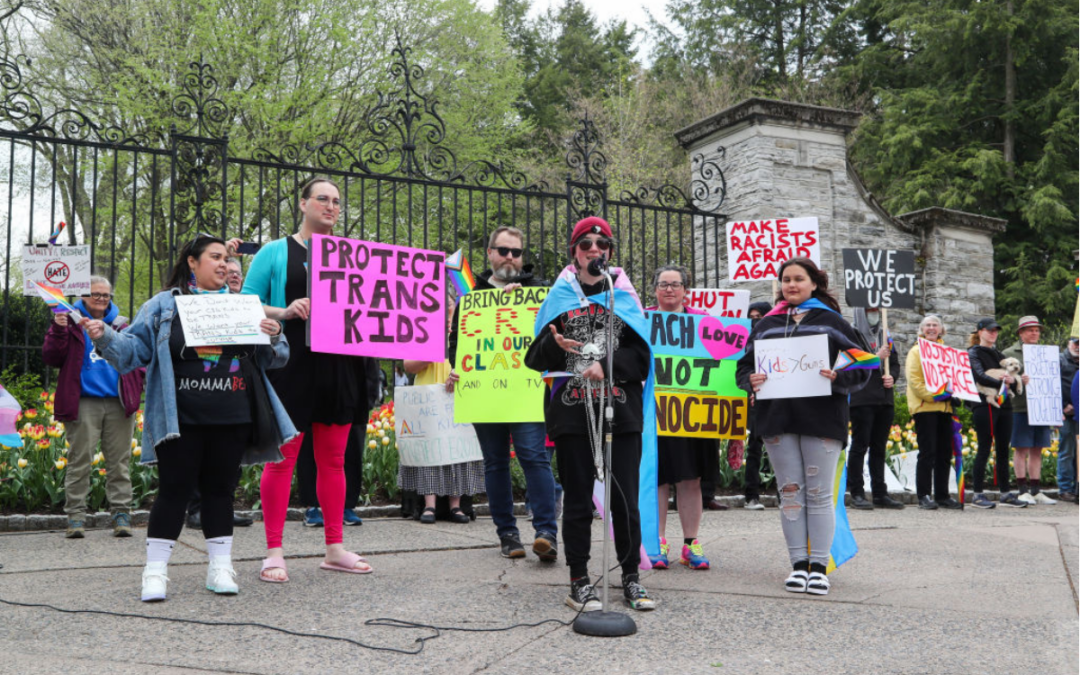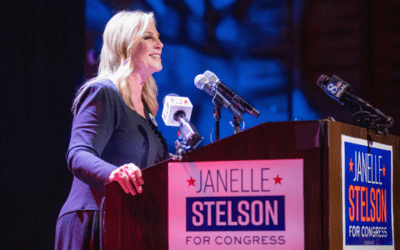
Gillette Stadium is the Commonwealth' s first large-scale COVID-19 vaccination site, operated by CIC Health. (Photo by Suzanne Kreiter/The Boston Globe via Getty Images)
Biden’s vaccine plan is intended to rectify the Trump administration’s dismal rollout, which largely left vaccine distribution to the states without giving them the necessary funding and resources.
On Dec. 8, then President-elect Joe Biden promised to deliver “at least 100 million Covid vaccine shots into the arms of the American people” during his first 100 days in office. On Thursday, advisors to the newly sworn in president reiterated that was still his goal, despite the flawed and delayed vaccine rollout begun under the Trump administration.
“We said 100 million doses in the first 100 days, and we’re going to stick to that plan,” Dr. Rochelle Walensky, the new director of the Centers for Disease Control and Prevention (CDC), said on NBC’s Today Show on Thursday.
Dr. Anthony Fauci, head of the National Institute of Allergy and Infectious Diseases, agreed that Biden’s plan is possible.
“I believe the goal that was set by the President of getting 100 million people vaccinated in the first 100 days is quite a reasonable goal,” Fauci told reporters during a Thursday afternoon press briefing.
Sorting Fact From Fiction: Sign Up for COURIER’s newsletter.
Fauci also offered a smidge of hope that life could slowly begin to return to normal if Biden succeeds and the US successfully vaccinates 70-85% of the nation by mid-late summer. “It’s not going to be perfectly normal, but one that I think will take a lot of pressure off the American public,” Fauci said.
Those reassurances come as Biden unveiled a national coronavirus strategy and signed a slew of executive orders on Thursday intended to increase access to COVID-19 vaccines, ramp up production, boost staffing, set up mass vaccination sites, and help states afford the cost of mass vaccination campaigns.
Biden’s efforts are intended to rectify the Trump administration’s dismal rollout, which largely left vaccine distribution to the states without giving them the necessary funding and resources. These failures resulted in scattershot plans, staffing shortages, a complex web of rules guiding who can get vaccinated, and in some cases, uncertainty over how many doses will arrive each week.
This disjointed free-for-all has caused issues across the country, as only 16.5 million doses have been administered in the United States since vaccine distribution began on Dec. 14, according to the latest data from the CDC. That figure is far shy of the Trump administration’s stated goal of 20 million before the end of 2020—a failure that was of their own making, health officials said.
“The biggest hurdle for vaccine rollout is a lack of coordinated infrastructure,” Dr. Dara Kass, associate professor of emergency medicine at the Columbia University Medical Center, told COURIER. “Every state has to build its own infrastructure for communication and delivery of the vaccine.”
States haven’t always known how many vaccine doses to expect each week from the federal government, either.
“States don’t have much visibility to how much is coming two weeks from now, so they’re really responding on an almost real-time basis to get the vaccine allocated to specific locations,” said Julie Swann, a vaccine distribution expert and head of the industrial and systems engineering department at North Carolina State University. “That doesn’t give those specific locations a lot of advanced knowledge, either.”
“It seems hard for the states to plan distribution if they didn’t know how much they were going to get. The federal government could have been a lot more organized at advanced planning with the states.”
This lack of information has hampered already difficult last-mile distribution—the process by which the vaccine gets from distribution centers into Americans’ arms—and states have struggled to distribute and administer the doses they’ve been sent.
“It seems hard for the states to plan distribution if they didn’t know how much they were going to get,” Dr. Kass added. “The federal government could have been a lot more organized at advanced planning with the states.”
The rollout has been so sloppy that many states, including California, Florida, and New York, are now reporting that they are running out of vaccine doses, forcing them to cancel appointments for tens of thousands of people.
Those states are hoping that Biden is able to rectify these issues. In addition to overhauling the federal role in vaccination efforts, the Biden administration will also oversee the distribution of more than $8 billion in previously approved funding for vaccination efforts. Biden has also requested an additional $20 billion from Congress to mount “a national vaccination program in partnership with states, localities, Tribes and territories,” but Republicans have balked at much of his plan, given its $1.9 billion pricetag.
The urgency of meeting Biden’s pledge has grown in recent weeks, as the virus has continued to infect and kill Americans by the thousands. The US documented more than 182,000 new cases of COVID-19 on Wednesday and reported more than 4,200 deaths, according to the Johns Hopkins University Coronavirus Resource Center. At the current pace, the US will record another 100,000 coronavirus-related deaths by mid-to-late February, Walensky said.
Speaking on Thursday, Biden also acknowledged that dark days lie ahead, but also promised that the nation would get through the crisis.
“We didn’t get into this mess overnight and it’s going to take months for us to turn things around,” Biden said on Thursday. “But let me be equally clear: We will get through this. We will defeat this pandemic. And to a nation waiting for action, let me be the clearest on this point: Help is on the way.”
READ MORE: Johnson & Johnson’s COVID Vaccine Could Be Approved Soon. Here’s Why That’s a Big Deal.

For Rep. Susan Wild, supporting PA families includes reproductive rights and much more
Rep. Susan Wild wants to be very clear with Pennsylvanians: Donald Trump is committed to taking away women’s reproductive freedom, but he is not...

School districts working with anti-LGBTQ groups can cost your kids’ schools millions
Parents across South Central Pennsylvania are worried about the potential financial impacts working with anti-LGBTQ groups may have on their school...

VIDEO: Trump distances himself from his anti-abortion views
Donald Trump appeared on WGAL on Tuesday and continued to distance himself from his anti-abortion views claiming that reproductive rights are now a...

VIDEO: Community pushback gets school board to rescind decision on denying gay actor’s visit
Cumberland Valley School Board offered a public apology and voted to reinstate Maulik Pancholy as a guest speaker a week after the board voted to...

VIDEO: Project 2025 brings nuclear armageddon back into vogue
Project 2025 is a titanic document, with plans ranging from cutting half of all government employees to targeting reproductive rights on a scale...





